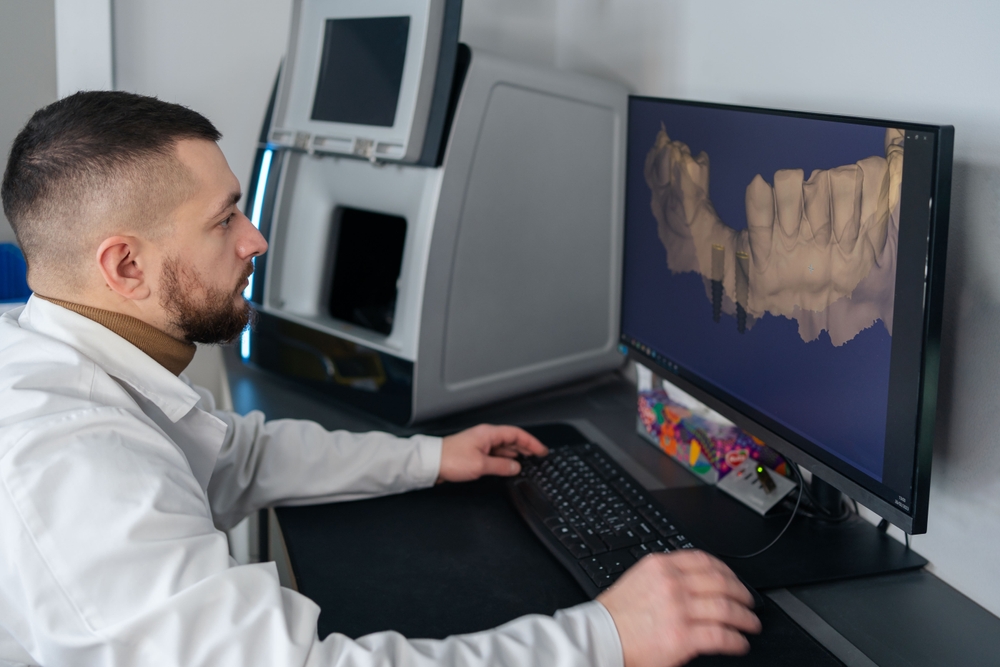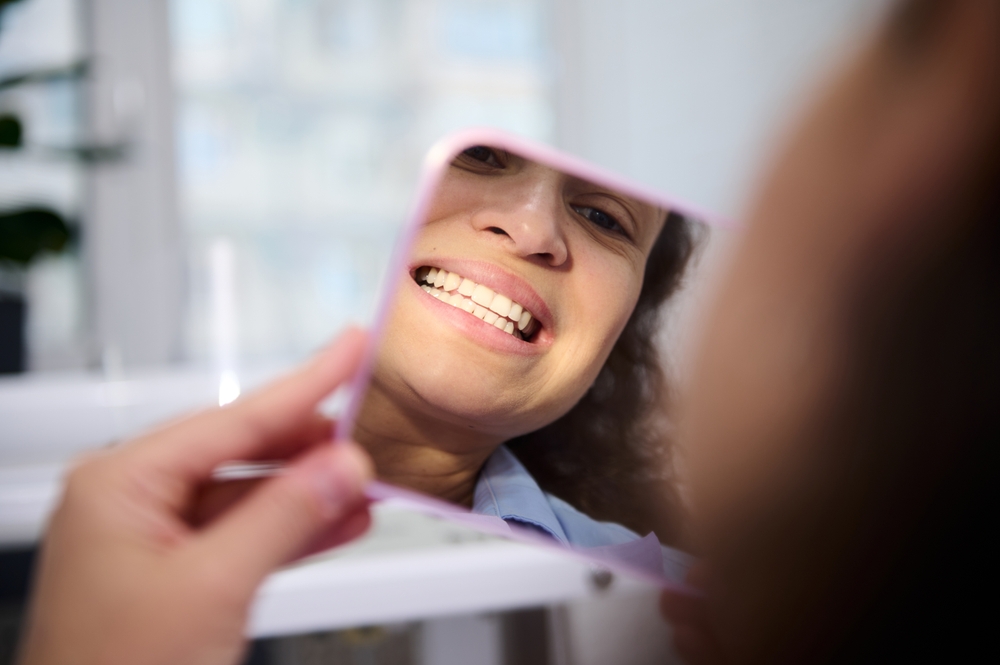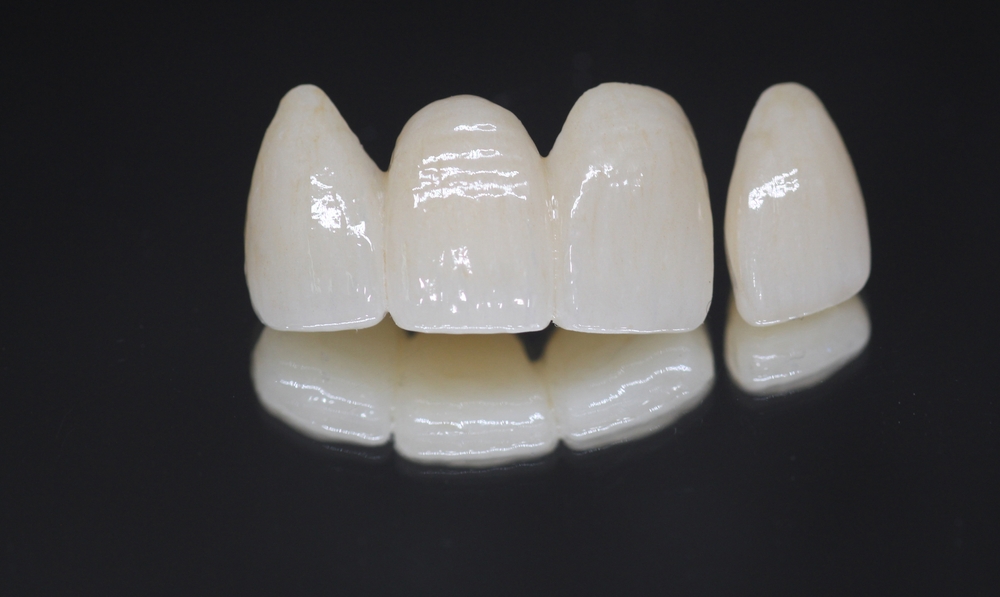In the evolving world of dentistry, technology continues to revolutionize the way treatments are planned and executed, particularly in the field of dental implants. Computer-guided implant placement has emerged as a groundbreaking advancement, offering unparalleled precision and efficiency. This cutting-edge technology leverages tools such as CBCT imaging and digital impressions to enable meticulous planning and execution, resulting in improved patient outcomes and streamlined workflows for dental professionals. In this blog, we’ll explore the advantages of computer-guided implant placement and how dental labs play a critical role in delivering tailored, high-quality results that elevate patient care to new heights.
In This Blog:
- What is Computer-Guided Implant Placement?
- Advantages of Computer-Guided Implant Placement
- How Dental Labs Utilize Computer-Guided Implant Technology
What is Computer-Guided Implant Placement?
Computer-guided implant placement is a state-of-the-art approach to dental implant procedures, utilizing advanced digital technology to enhance accuracy and efficiency. This method involves the use of CBCT (cone-beam computed tomography) scans, digital impressions, and specialized software to create a detailed, 3D representation of the patient’s oral structures.
The process begins with comprehensive diagnostics, where these digital tools map out the bone structure, nerves, and surrounding tissues. With this information, clinicians can plan the precise location, angulation, and depth for implant placement. This detailed planning is then translated into a surgical guide, a custom-fabricated device produced by the dental lab that ensures the implant is placed exactly as planned. The result is a streamlined and predictable procedure that benefits both the clinician and the patient.
Advantages of Computer-Guided Implant Placement
Enhanced Precision
One of the most significant advantages of computer-guided implant placement is its unparalleled accuracy. The technology allows clinicians to identify the optimal location for implants, minimizing the risk of complications. By precisely mapping the patient’s anatomy, it ensures proper angulation, depth, and positioning, reducing errors and improving long-term success rates.
Improved Patient Outcomes
With enhanced precision comes superior results. Computer-guided implant placement leads to better aesthetics, improved functionality, and higher patient satisfaction. Additionally, the minimally invasive nature of the procedure often results in faster recovery times, fewer complications, and less discomfort for patients.
Streamlined Workflow
This technology promotes efficiency at every stage of the process. From diagnostics to treatment planning, computer-guided workflows allow for seamless collaboration between dentists, surgeons, and dental labs. Digital communication tools ensure that all parties have access to the same data, enabling smooth coordination and quicker turnaround times.
Customization and Predictability
Every patient is unique, and computer-guided implant placement allows for a tailored approach to treatment. The ability to simulate the procedure digitally enables clinicians to anticipate challenges and optimize outcomes. Whether it’s a single implant or a full-arch restoration, the predictability offered by this technology enhances confidence for both the clinician and the patient.
Reduction in Chair Time
The detailed planning provided by computer-guided systems translates to shorter and more efficient surgical procedures. By eliminating guesswork and reducing the need for intraoperative adjustments, this approach saves valuable time for both the clinician and the patient, making the experience more convenient overall.
Patient Comfort and Satisfaction
The minimally invasive techniques associated with computer-guided implant placement result in a more comfortable experience for patients. Smaller incisions mean less trauma to the tissues, reduced post-operative pain, and faster healing times. Additionally, patients are often more confident in undergoing procedures that are backed by advanced technology, knowing they are receiving high-quality care.
How Dental Labs Utilize Computer-Guided Implant Technology
Dental labs are at the forefront of integrating computer-guided implant technology into their workflows, ensuring precision and efficiency throughout the implant process. This begins with the digital data provided by clinicians, including CBCT scans, digital impressions, and detailed treatment plans. Using this data, dental labs employ specialized software to design surgical guides and implant components tailored to the patient’s unique anatomy.
Surgical Guide Fabrication
One of the most critical applications of computer-guided implant technology in dental labs is the creation of surgical guides. These guides are 3D-printed or milled using high-precision equipment to ensure they fit perfectly over the patient’s teeth or gums. The guides contain pre-planned openings that direct the implant drill to the exact angle, depth, and position specified in the treatment plan. This allows for a predictable and minimally invasive procedure, reducing the risk of complications.
Designing Custom Restorations
Once the implant placement is complete, dental labs use the same digital data to design and fabricate custom abutments, crowns, and other prosthetics. Advanced CAD/CAM (computer-aided design and manufacturing) technology ensures that these restorations not only fit the implant precisely but also match the patient’s natural teeth in shape, color, and function.
Collaboration with Clinicians
Dental labs work closely with clinicians to ensure the treatment plan aligns seamlessly with the final restoration. By sharing digital files and maintaining open communication, labs help dentists anticipate challenges and refine the surgical and restorative phases of the implant process. This collaborative approach enhances the overall success of the procedure and ensures patients receive optimal care.
Advancing Implant Dentistry
By utilizing computer-guided implant technology, dental labs not only improve accuracy and efficiency but also push the boundaries of what is possible in implant dentistry. The integration of digital tools enables labs to create restorations that are highly customized, durable, and aesthetically pleasing, ultimately contributing to better patient outcomes and greater satisfaction.
Conclusion
Computer-guided implant placement is transforming dental care, offering unparalleled precision, efficiency, and patient satisfaction. By leveraging advanced digital tools, this technology ensures optimal outcomes while streamlining the treatment process for clinicians. Dental labs are an integral part of this innovation, providing the expertise and tools needed to turn digital plans into successful implant restorations. As more practices adopt computer-guided implant placement, the collaboration between dental professionals and labs will continue to set new benchmarks for patient care and procedural excellence. If you’re ready to embrace the future of implant dentistry, partnering with a dental lab experienced in computer-guided workflows is the first step toward success.




